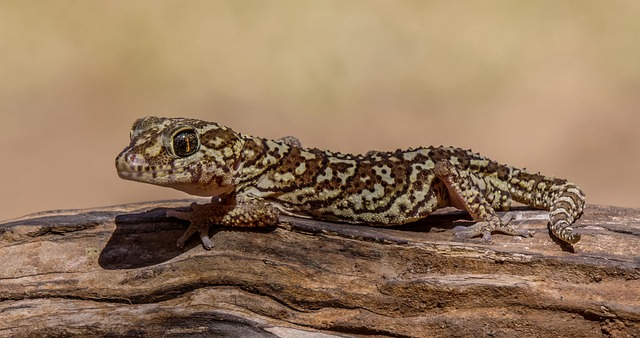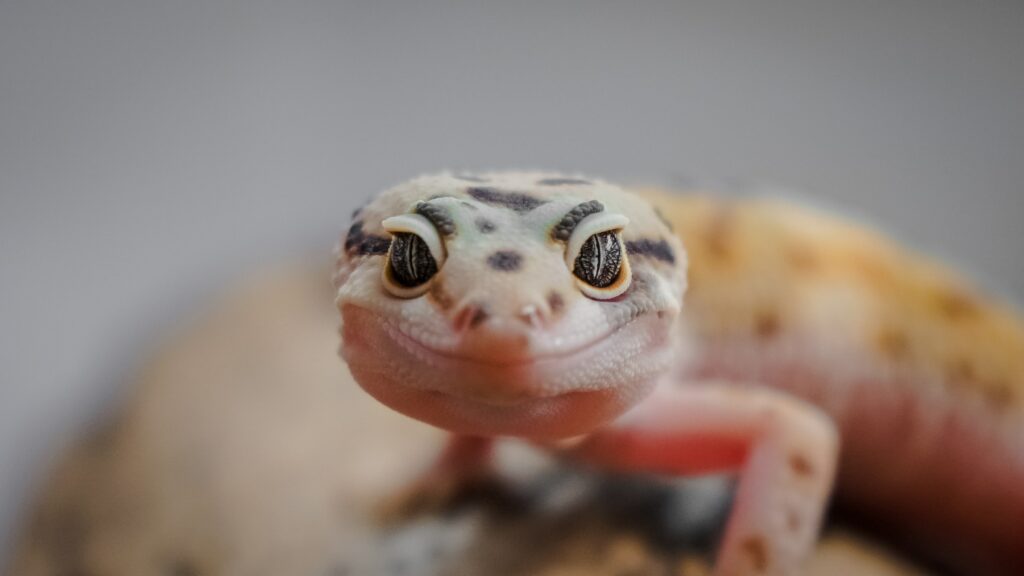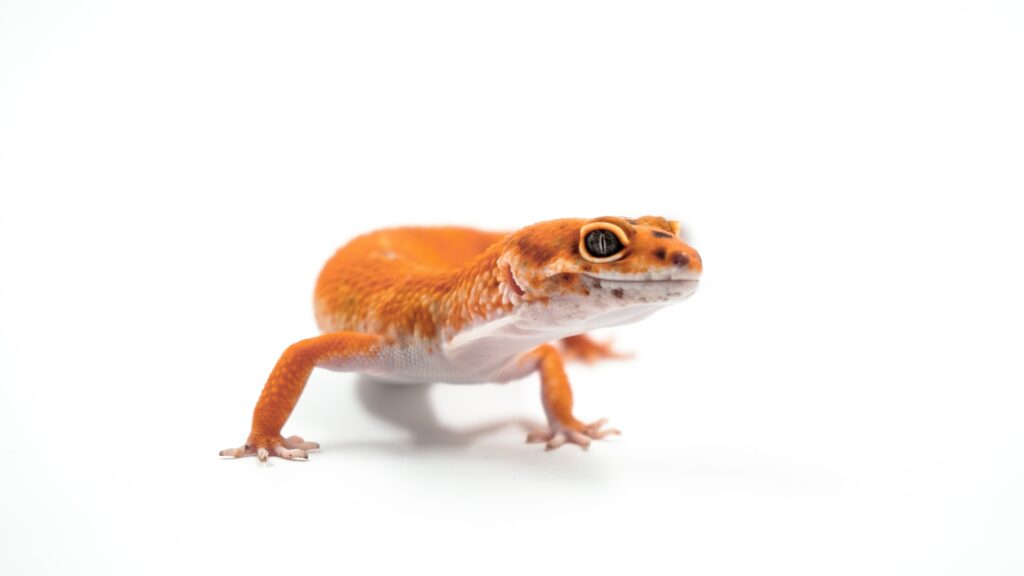
Geckos are fascinating creatures that come in various sizes, and understanding their sizes is essential for potential owners or enthusiasts. In this article, you will gain valuable insight into the misconceptions surrounding gecko sizes and learn key information about these intriguing reptiles. By dispelling common misconceptions, you will be equipped with the knowledge needed to properly care for geckos of different sizes and ensure their well-being in captivity. So, let us explore the world of geckos and uncover the truth about their sizes.
Understanding Gecko Sizes
The importance of understanding gecko sizes
Understanding gecko sizes is crucial for several reasons. Firstly, it allows us to provide the appropriate care and housing for these reptiles, ensuring their health and well-being. Gecko sizes can vary significantly between species, and knowing the specific size requirements of each species is essential. Additionally, understanding gecko sizes helps us identify potential health issues and monitor their growth and development.
Factors that influence gecko sizes
Several factors influence the size of geckos. Genetics play a significant role, as certain species are naturally larger or smaller than others. Environmental factors such as temperature, humidity, and the availability of food also impact gecko sizes. Adequate nutrition during their growth stages is crucial for geckos to reach their full potential size. Additionally, the size and health of the gecko’s parents can influence their size as well.
Different gecko species and their size variations
Gecko species vary greatly in size. For example, the dwarf gecko (Sphaerodactylus) is one of the smallest gecko species, typically measuring less than two inches in length. On the other hand, the Tokay gecko (Gekko gecko) is one of the largest, with some individuals reaching up to a foot in length. Understanding the size variations of different gecko species is essential for providing appropriate care and housing.
Measuring Gecko Sizes
Measuring gecko length
Measuring the length of a gecko is a straightforward process. It involves using a ruler or measuring tape to measure from the tip of the gecko’s snout to the end of its tail. It is important to handle the gecko with care during this process to avoid causing any stress or harm. This measurement gives us a baseline for understanding the gecko’s size and comparing it to size standards for its species.
Measuring gecko weight
Measuring the weight of a gecko is also an important aspect of understanding their size and overall health. To measure a gecko’s weight, we can use a small scale designed for reptiles. It is best to place a dish or container on the scale before gently placing the gecko into it. By subtracting the weight of the dish from the total weight, we can determine the gecko’s weight accurately.
Other measurements for determining gecko sizes
In addition to length and weight, there are other measurements that can help determine gecko sizes. These include measuring the gecko’s head width, body girth, and leg length. These measurements can provide more comprehensive information about the gecko’s overall size and proportions.

Growth and Development
Gecko size during the hatchling stage
Gecko hatchlings are typically smaller in size compared to adults. The specific size of hatchlings varies depending on the gecko species. Providing appropriate care and nutrition during this stage is crucial for their growth and development. Hatchlings may require smaller enclosures and specialized diets to ensure optimal growth and health.
Growth rates of geckos
Geckos exhibit different growth rates depending on their species, genetics, and environmental conditions. Some geckos may experience rapid growth during their juvenile stages, while others may grow more slowly. It is important to monitor their growth rates and compare them to size expectations for their species. Significant deviations from the expected growth pattern may indicate health issues or inadequate care.
Size variations throughout a gecko’s lifespan
Gecko sizes can change throughout their lifespan. Some species may reach their adult size within a year or two, while others may continue to grow throughout their entire life. It is crucial to consider the potential growth and size of a gecko when selecting an enclosure and planning their long-term care.
Importance of Proper Enclosure Size
The impact of enclosure size on gecko’s health
Providing the appropriate enclosure size is vital for the health and well-being of geckos. Insufficient space can lead to stress, inhibited natural behaviors, and physical health issues. Geckos may become territorial and aggressive when confined to small enclosures, leading to injuries and a diminished quality of life. On the other hand, excessively large enclosures can make geckos feel exposed and vulnerable, causing stress and anxiety.
Matching enclosure size to gecko species
Different gecko species have varying space requirements, and it is essential to match the enclosure size to the specific species. Smaller gecko species, such as dwarf geckos, require smaller enclosures to simulate their natural habitats. Larger species, like Tokay geckos, need more significant enclosures to accommodate their size and allow for adequate movement.
Optimal space requirements for different gecko sizes
To determine the optimal space requirements for geckos of different sizes, it is necessary to consider their natural behavior and activity levels. As a general guideline, the enclosure length should be at least twice the length of the gecko, and the width should be at least the length of the gecko. Vertical space is also important for arboreal gecko species, allowing them to climb and explore their environment.

Differences between Male and Female Gecko Sizes
Sexual dimorphism and size differences
Sexual dimorphism refers to the physical differences between males and females of the same species. In many gecko species, males are larger than females. This size difference is often attributed to the male’s need to compete for mates and defend their territory. It is important to understand these size differences, as they can affect housing requirements and potentially influence the geckos’ overall well-being.
Identification of male and female geckos based on size
In some gecko species, it is possible to identify the gender of the gecko based on their size. By comparing the size of an individual gecko to the size range typically observed for males and females of that species, it is possible to make an educated guess about their gender. However, it is important to note that size alone is not always a definitive indicator of gender, and other characteristics should also be considered for accurate identification.
Reproductive implications of size differences
The size differences between male and female geckos are linked to their reproductive roles. Larger males have a competitive advantage during mating, allowing them to secure mates and pass on their genes. Understanding the size differences between males and females is essential for breeding programs and managing captive populations of geckos.
Size and Feeding
Correlation between gecko size and feeding behavior
Gecko size can influence their feeding behavior to a certain extent. Larger geckos may require larger prey items to meet their nutritional needs, while smaller geckos may feed on smaller prey. Additionally, larger geckos may have a higher metabolic rate and, therefore, require more frequent feeding compared to smaller individuals. Understanding the relationship between size and feeding behavior helps ensure that geckos receive proper nutrition.
Determining proper prey size for geckos
When feeding geckos, it is crucial to provide prey items that are appropriately sized for their mouths and digestive capacities. Prey that is too large can cause choking or digestive issues, while prey that is too small may not provide sufficient nutrition. It is recommended to offer prey items that are approximately the width of the gecko’s head for optimal feeding.
Overfeeding and underfeeding concerns related to gecko sizes
Balancing the feeding of geckos is essential to avoid both overfeeding and underfeeding. Overfeeding can lead to obesity and associated health issues, such as fatty liver disease. On the other hand, underfeeding can result in malnutrition, stunted growth, and weakened immune systems. It is important to monitor the gecko’s body condition and adjust their feeding regimen accordingly to maintain a healthy size and weight.

Health Concerns Related to Incorrect Gecko Sizes
Stunted growth and developmental issues
Inadequate enclosure size can lead to stunted growth and developmental issues in geckos. Limited space can restrict their movement, inhibiting proper muscle development and bone growth. Stunted growth can also result from a lack of appropriate nutrition, which can occur if their enclosure does not allow for the proper prey size or the gecko is not provided with a balanced diet.
Physical and psychological impacts of inadequate space
Geckos housed in enclosures that are too small may experience physical and psychological health issues. Physical impacts include difficulty moving, reduced muscle tone, and injuries from colliding with enclosure walls. Psychologically, geckos may exhibit stress-related behaviors such as aggression, stereotypical pacing, and decreased appetite. Providing adequate space is crucial for promoting positive mental and physical well-being.
Nutritional deficiencies associated with improper sizes
Improper gecko sizes can contribute to nutritional deficiencies. If the enclosure is too small, it may not allow for the inclusion of a varied diet or the presence of appropriate prey items. Geckos may not receive the necessary vitamins, minerals, and other essential nutrients needed for their overall health. Nutritional deficiencies can weaken the immune system, impair growth, and lead to a host of health issues.
Common Mistakes in Assessing Gecko Sizes
Relying solely on visual estimation
One common mistake when assessing gecko sizes is relying solely on visual estimation. Visual observations can be deceptive, especially when it comes to accurately determining the length and weight of a gecko. Measuring tools should be used to obtain accurate measurements and avoid subjective judgments.
Overlooking variations within gecko species
Another mistake is overlooking the size variations within gecko species. While each species has general size expectations, there can be individual variations. Some geckos within the same species may be larger or smaller than average, and this should be considered when determining their appropriate care and enclosure size.
Misinterpreting growth rates and size expectations
Misinterpreting growth rates and size expectations can lead to inadequate care for geckos. All gecko species have different growth rates, and individual geckos may grow at slightly different rates. It is important to have a realistic understanding of these growth rates and adjust care accordingly.

Gecko Sizes and Suitable Housing
Choosing the right enclosure for different gecko sizes
Choosing the right enclosure size is essential for providing suitable housing for geckos of different sizes. As discussed previously, the enclosure should be adequately sized to allow for the gecko’s natural behavior and movements. It should also provide appropriate temperature gradients and humidity levels, promoting both physical and psychological well-being.
Habitat requirements based on size
Gecko species have different habitat requirements based on their size. Smaller geckos may prefer habitats with more ground cover and hiding spots, while larger geckos may require taller enclosures with plenty of vertical climbing surfaces. It is important to research the specific habitat requirements of the gecko species in order to provide an environment that meets their needs.
Ensuring adequate space for natural behaviors
Geckos engage in various natural behaviors, such as climbing, basking, and hunting. These behaviors require adequate space within the enclosure. Providing appropriate perching options, hiding spots, and substrate choices allows geckos to engage in these behaviors, promoting their overall health and well-being.
Monitoring Gecko Sizes
Regular measurements for tracking growth
Regular measurements of geckos are essential for tracking their growth and development. By measuring their length and weight at regular intervals, it is possible to monitor their size progression and detect any potential health issues. Keeping detailed records of these measurements allows for accurate documentation and comparison over time.
Signs of unhealthy size changes
Unhealthy size changes in geckos may indicate underlying health issues. Dramatic weight loss, stunted growth, or sudden changes in size should be taken seriously and prompt a thorough examination by a reptile veterinarian. Additionally, changes in appetite, behavior, and overall appearance can be indications of health concerns related to gecko sizes.
Consulting a reptile veterinarian for size concerns
If there are concerns regarding a gecko’s size or growth, it is strongly recommended to consult a reptile veterinarian with experience in treating geckos. A veterinarian can provide professional guidance, perform thorough examinations, and recommend appropriate care strategies to address any health issues related to size or growth.
In conclusion, understanding gecko sizes is essential for providing appropriate care and housing, monitoring their growth and development, and promoting their overall health and well-being. Factors such as genetics, environmental conditions, and species-specific requirements all influence gecko sizes. Proper measurements, suitable enclosure sizes, and balanced nutrition are all crucial aspects of maintaining healthy gecko sizes. By avoiding common mistakes and regularly monitoring their sizes, we can ensure that geckos thrive in captivity and lead happy and healthy lives.
